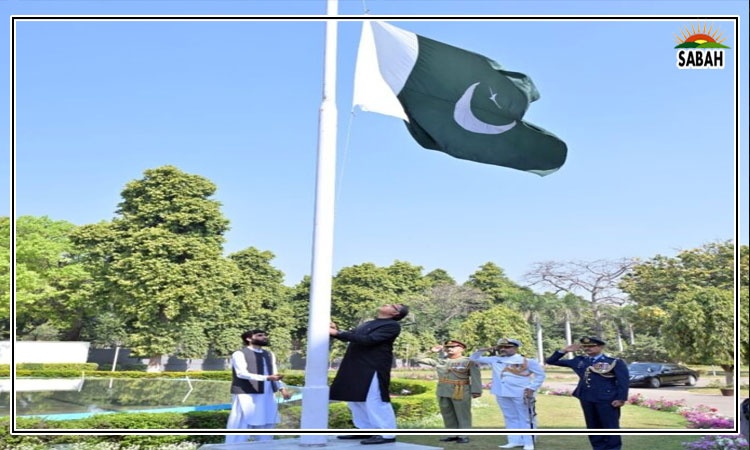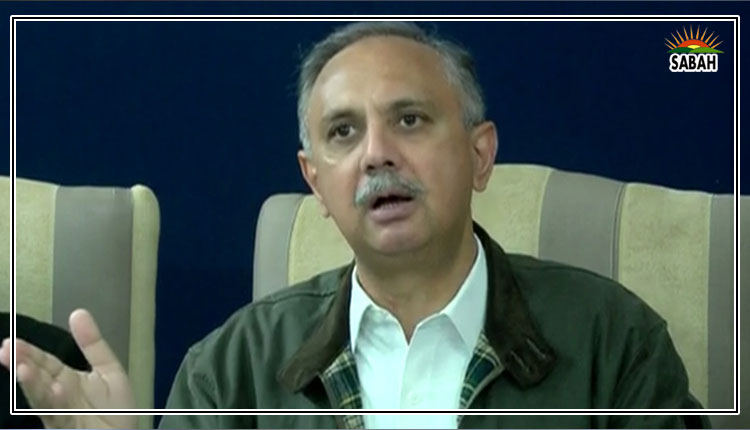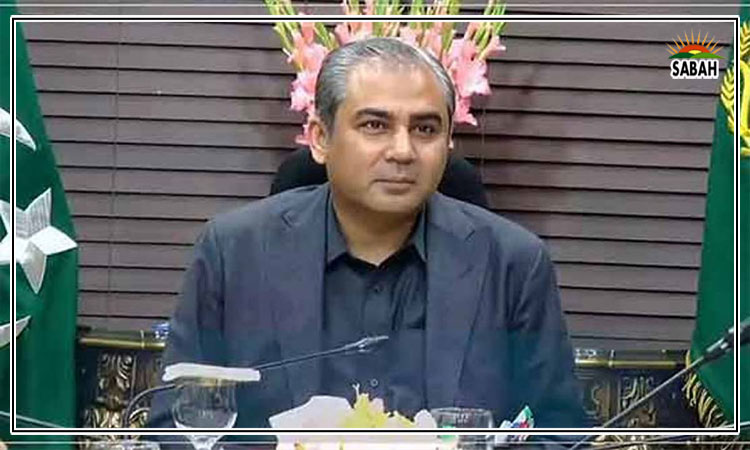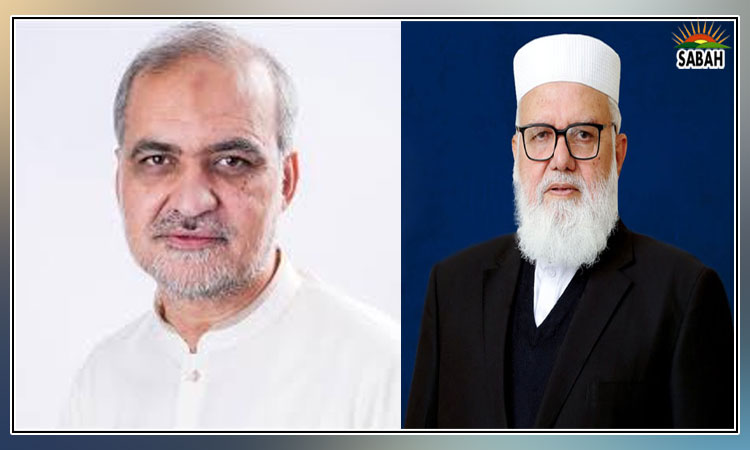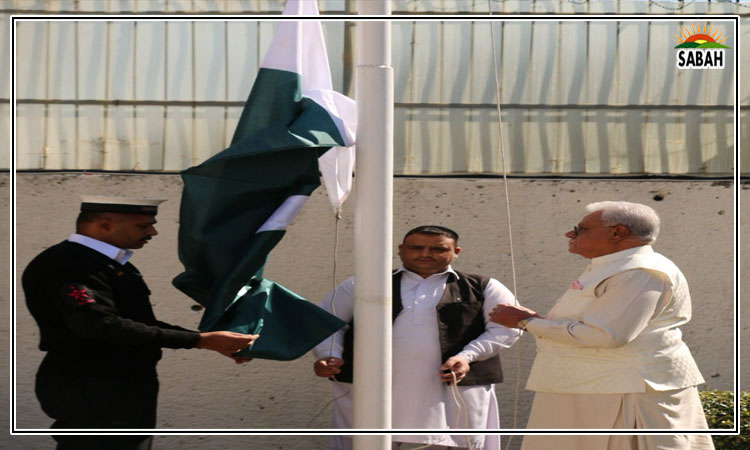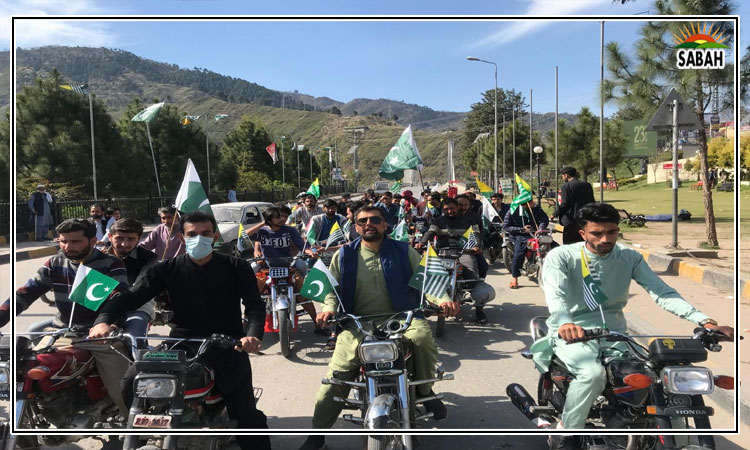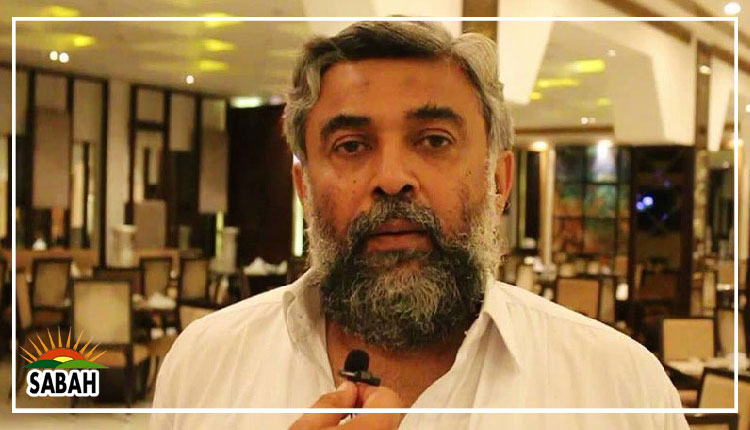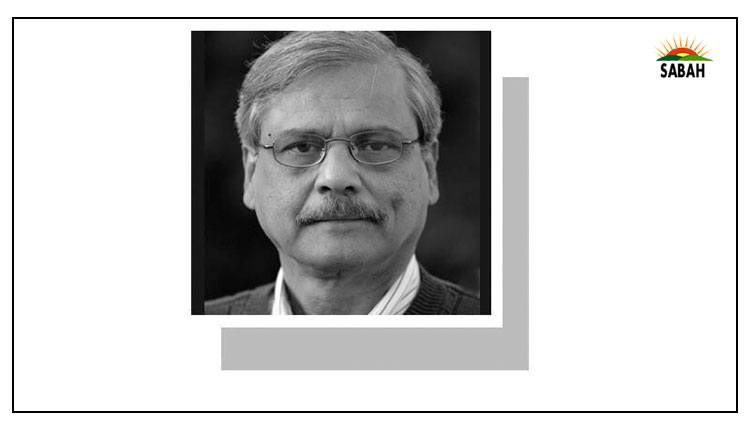The wages of conflict …. Zahid Hussain
THE recent three-day Pashtun Qaumi Jirga in Jamrud was a reflection of the anguish of people who have suffered in a conflict that has ravaged KP for over two decades.
Thousands of people have been killed and, by some estimates, millions have been displaced. They have been the victims of violent militancy as well as military operations. A whole generation has grown up in the midst of destruction and dislocation. The bitterness was palpable at the jirga.
The state initially tried to clamp down on it. Just days before the Jirga, the federal government proscribed the PTM, declaring the group and organiser anti-state. Although, the ban on the jirga was lifted on the intervention of the provincial government at the eleventh hour, the restrictions resulted in the event hardly being reported in the mainstream media.
What made the assembly significant was the wide-ranging participation — from rights groups to the leaders of almost all major political parties. The gathering took place at a time when the province has been hit by another wave of terrorism. Administrative control appears to have completely failed in some of the districts with the return of armed militants. Attacks on the security forces have become routine, raising fears of yet another military operation taking its toll on the civilian population.
The scale of destruction, both in terms of human and financial losses in the province over two decades of violence, was highlighted in statistics provided at the assembly. According to the estimates, as many as 76,584 people, including 1,375 tribal elders and 3,000 clerics, died in bomb blasts and targeted killings, and at least 6,700 people went ‘missing’ over this period. It was claimed that 5.7m people had been displaced by the military operations, out of which 2.3m were still homeless.
There are questions whether the state has a clear strategy to deal with the militant challenge.
Mounting public despair in KP is evident. The younger generation has borne the brunt of the devastation. Many young people, born during the conflict, do not see any future for themselves without education. The cost of the violence is still being counted. The return of militancy has been extremely unsettling for people living in the violence-hit areas. They live in the constant dread of once again being caught in the midst of militant violence and action by the security forces.
Most worrisome is the public’s growing distrust of the state and the security forces, which was manifested in the speeches and resolution passed at the conclusion of the jirga. The assembly resolved to fight against militancy, while PTM leaders also wanted the security forces to leave the former tribal districts that have been at the centre of the violence.
It’s certainly a very extreme demand and a very dangerous one, too. However, one needs to look at the reasons behind the growing public distrust of the state. It’s especially alarming as the security forces have been the main targets of the militants, who now seem to be better equipped.
There has been a widespread perception that the state does not possess the resolve to fight militancy. The distrust had increased with the disastrous decision of the security establishment to engage in negotiations with the banned TTP some years ago under the pressure of the Taliban government in Kabul and to allow thousands of militants to return home.
That flawed policy led to a resurgence in TTP activities. The militants, whose leadership is still based in Afghanistan, changed their strategy and, instead of carrying out terrorist attacks in public places, they are now focused on targeting the security forces and police. Hundreds of security personnel have lost their lives in militant attacks over the last few years. Yet, the distrust is too wide to be bridged. There are still questions about whether the establishment has really abandoned its old policy of protecting what are being described as the ‘good Taliban’.
No too long ago, police in Bannu district went on a strike against the alleged conduct of the security forces. There are also questions whether the state has a clear and comprehensive strategy to deal with the new militancy challenge. The high number of casualties borne by the security forces in what is described as ‘intelligence-based operations’ is intriguing.
It seems that the militants are gaining ground, notwithstanding the claims of an effective counterterrorism campaign being conducted. It is apparent that militancy cannot be fought without public confidence in the security forces. Unfortunately, this seems to be missing. The demand for the security forces to leave the troubled areas is certainly not workable.
Political instability and worsening confrontation between the federal and provincial (KP) governments also seems to have affected the state’s capacity to fight militancy more effectively. There seems to be no coordination between the two on the issue. The increasing involvement of the establishment in political manipulation has also been the reason behind the lack of public confidence in the security forces.
This lack of coordination between the federal and provincial governments has been more pronounced in the events of the last one week. In a knee-jerk reaction, Islamabad proscribed the PTM just a few days before the jirga. It was apparent that the provincial government was not taken on the board regarding a decision that would have a direct bearing on the province. Many have questioned the decision to ban an organisation (formed by young Pakhtuns who, along with their families, had been directly affected by the conflict) which opposes the TTP.
Some of its radical nationalist rhetoric may come in conflict with state policy, but banning an organisation not involved in violence will not help the fight against the TTP. It was a wise decision by the provincial government to allow the PTM to hold the jirga, though it is not clear whether the ban on the group has now been withdrawn.
The writer is an author and journalist.
zhussain100@yahoo.com
X: @hidhussain
Courtesy Dawn, October 16th, 2024




